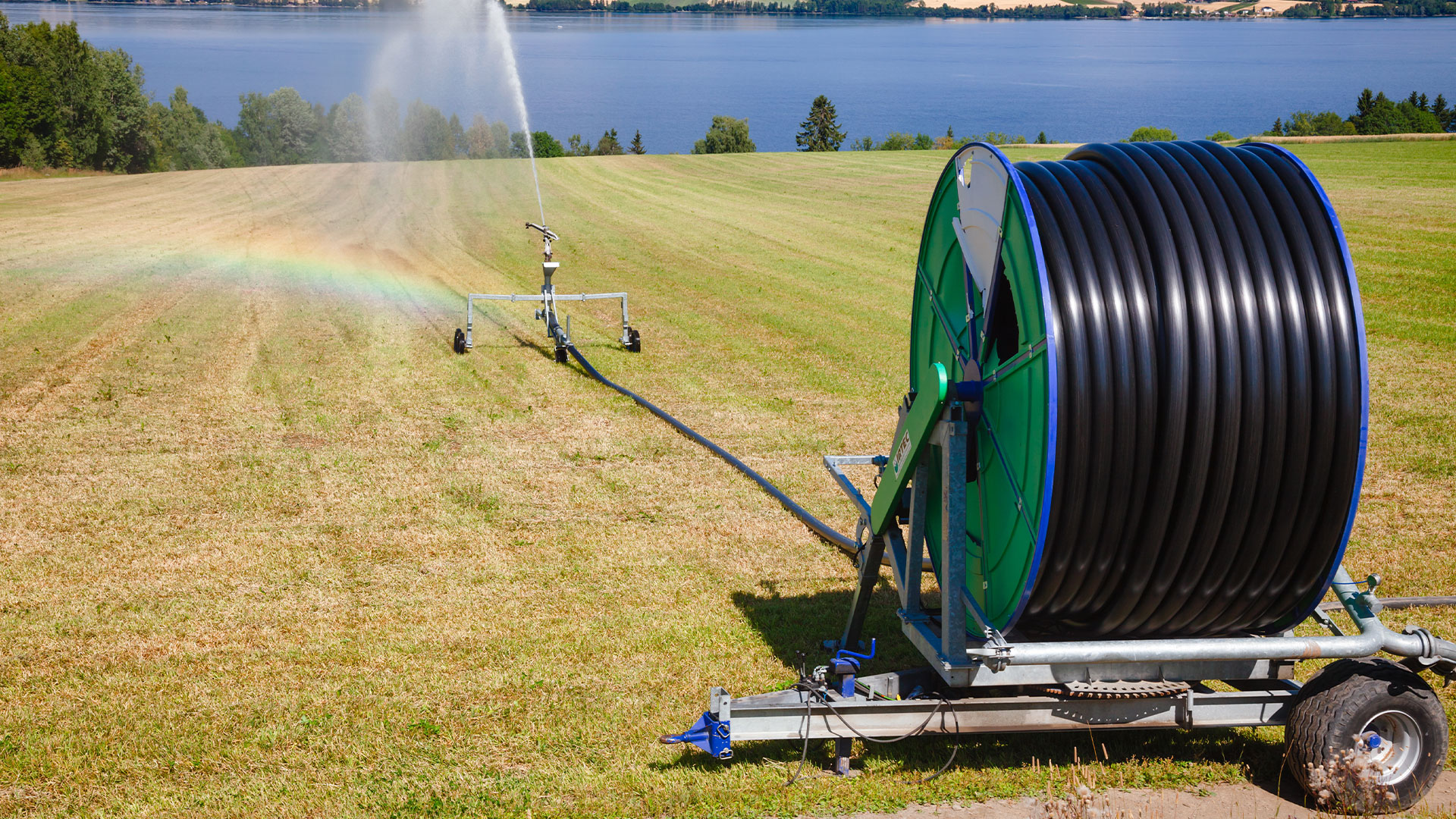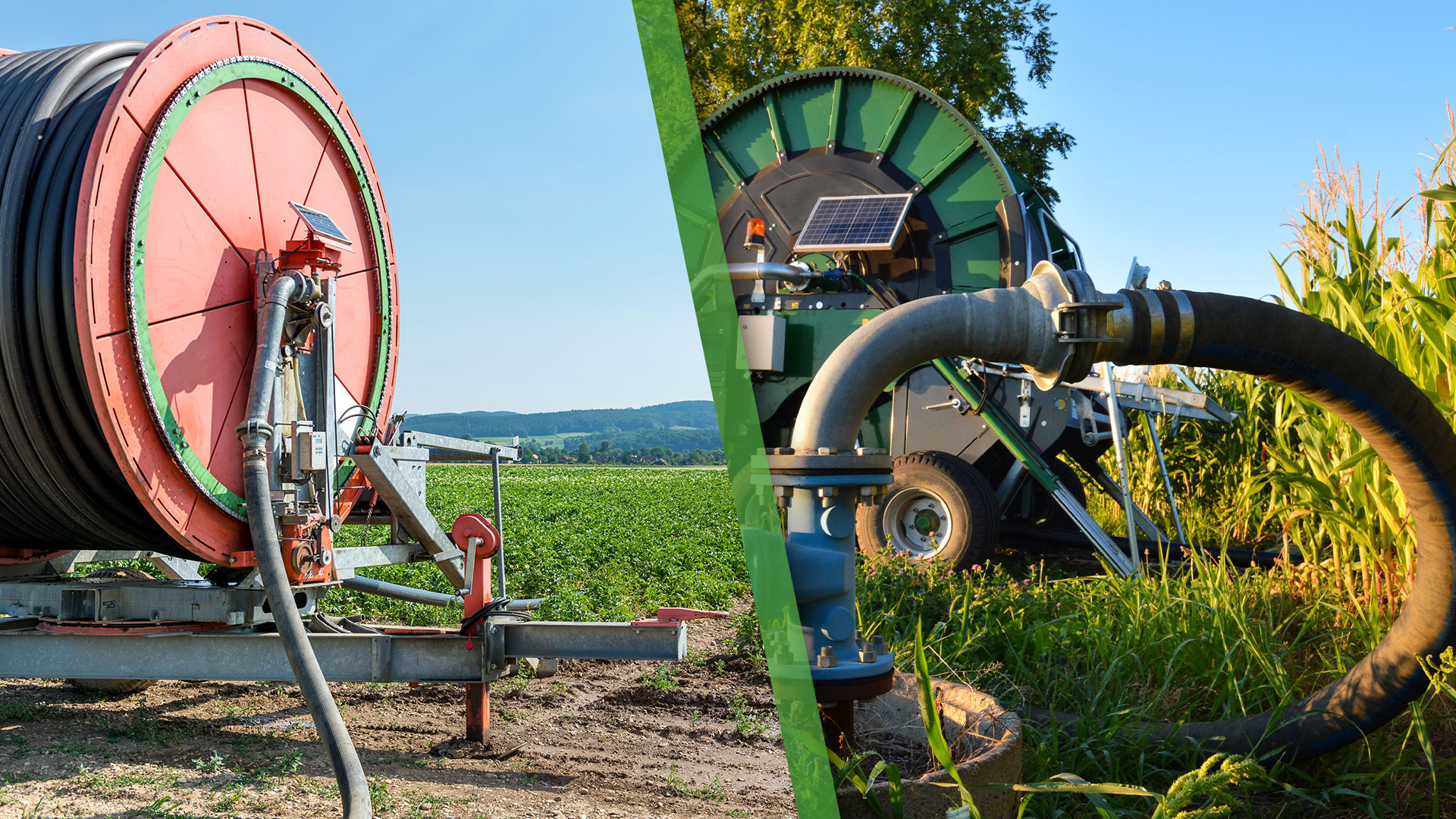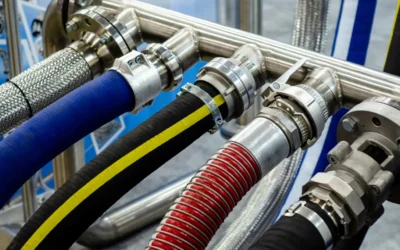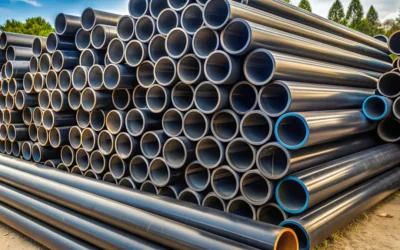1. Understanding Irrigation Hose

Types of Irrigation Hose
Choosing the right type of irrigation hose is crucial to meeting your specific watering needs. Below are the common types:
- Drip Irrigation Hose: Deliver water directly to the plant roots through small emitters, ideal for water conservation. An irrigation drip hose is particularly effective in saving water and reducing evaporation.
- Soaker Hoses: Release water slowly along the entire length, perfect for garden beds and flower rows.
- Sprinkler Hoses: Spray water evenly over a larger area, suitable for lawns and open fields.
- Main Supply Hoses: Act as the backbone of your irrigation system, connecting the water source to secondary hoses or emitters.
Key Components of an Irrigation System
A complete irrigation system relies on various components working together seamlessly:
- Hose Connectors: Ensure leak-free connections between hoses and fittings. A durable irrigation hose connector prevents water wastage and enhances system reliability.
- Filters: Prevent debris from clogging the system.
- Emitters or Sprinklers: Regulate water flow to plants or specific areas.
2. Preparation for Installation

Selecting the Right Hose
The type of hose you select will determine the efficiency and durability of your irrigation system:
- Material Considerations: Polyethylene and PVC hoses are lightweight and flexible, while rubber hoses offer enhanced durability.
- Length and Diameter: Choose a hose length and diameter based on the size of your landscape and the water flow required.
Assessing Your Landscape
Before installation, assess the following:
- Soil Type and Terrain: Sandy soil may require slower water delivery, while hilly terrain might need pressure regulation.
- Water Source and Pressure: Ensure your water source provides adequate pressure for the selected irrigation hose type.
Gathering Necessary Tools and Equipment
Having the right tools on hand will simplify installation:
- Hose cutters
- Clamps
- Fittings (tees, elbows, end caps)
- Pressure regulators
3. Step-by-Step Guide to Proper Installation
Planning the Layout
- Create a Routing Map: Plan the most efficient path for your irrigation hose to minimize water loss and avoid obstacles.
- Avoid Kinks and Sharp Bends: These can restrict water flow and damage the hose over time.
Installing the Hose
- Connect to the Water Source: Attach the main supply hose to the water source using a secure irrigation hose connector.
- Use Fittings for Branch Lines: Add secondary hoses or branch lines for targeted watering.
- Secure the Hose: Use stakes or clamps to keep the hose in place and prevent movement.
Testing the System
- Check for Leaks: Run water through the system to identify and fix leaks or loose connections.
- Adjust Pressure and Flow: Ensure water is evenly distributed across all sections.
4. Tips for Proper Maintenance
Routine Inspections
Regular inspections can prevent minor issues from becoming major problems:
- Check hoses for cracks, leaks, and blockages.
- Inspect connectors and fittings for wear or damage.
Cleaning the Hose
- Flush Out Debris: Periodically run clean water through the system to remove sediment buildup.
- Use Filters: Install filters at key points to prevent clogs, especially when using an irrigation drip hose.
Storage Best Practices
- Coil Hoses Properly: Neatly coil hoses to avoid tangling and kinks when not in use.
- Store in a Shaded Area: Protect hoses from direct sunlight and extreme weather to extend their lifespan.
5. Troubleshooting Common Problems
Leaks and Cracks
- Quick Fixes: Use repair tape or couplers for small leaks.
- Replacement: Replace the hose if cracks are extensive or recurring.
Low Water Pressure
- Identify Blockages: Check for clogs or kinks restricting flow.
- Pressure Regulation: Ensure all connections, including your irrigation hose connector, are secure and that a pressure regulator is installed if needed.
Uneven Water Distribution
- Adjust Emitters or Sprinklers: Modify their placement or settings.
- Check for Blockages: Clear any debris obstructing water flow.
Advanced Tips for Longevity and Efficiency
Using Mulch to Protect Hoses
Covering hoses with mulch is a simple yet effective way to protect your system. By shielding your irrigation drip hose and other hoses from direct sunlight and extreme temperature changes, you can reduce wear and tear, ensuring a longer lifespan for your equipment. This layer of protection also prevents accidental damage from garden tools or foot traffic.
Seasonal Care
- Drain Before Winter: To prevent freezing, make sure to drain all water from your irrigation drip hose and other parts of the system before storing them indoors. Frozen water can cause cracks and weaken the material, leading to leaks.
- Reassess Annually: At the start of every growing season, inspect your irrigation drip hoses and the entire system. Check for damage, adjust the layout if necessary, and test water flow to ensure optimal performance.
Investing in Quality Accessories
- Quick-Connect Fittings: Upgrade to quick-connect fittings to make setting up and maintaining your system faster and more convenient. These accessories can improve the overall efficiency of your irrigation setup.
- High-Quality Clamps and Connectors: Using durable clamps and irrigation hose connectors ensures a secure and leak-free connection, especially for irrigation drip hoses, where precision water delivery is critical. This investment helps reduce water waste and prolongs the life of your irrigation system.
Conclusion
Proper installation and maintenance of your irrigation hose are vital for efficient water use and long-term performance. By understanding your hose options, preparing adequately, following a structured installation process, and maintaining your system regularly, you can ensure your irrigation setup runs smoothly for years to come.
Inspect and maintain your irrigation hose today for better performance, reduced costs, and healthier plants. Explore our range of durable irrigation hoses, irrigation drip hoses, and irrigation hose connectors to keep your system running smoothly!






0 Comments